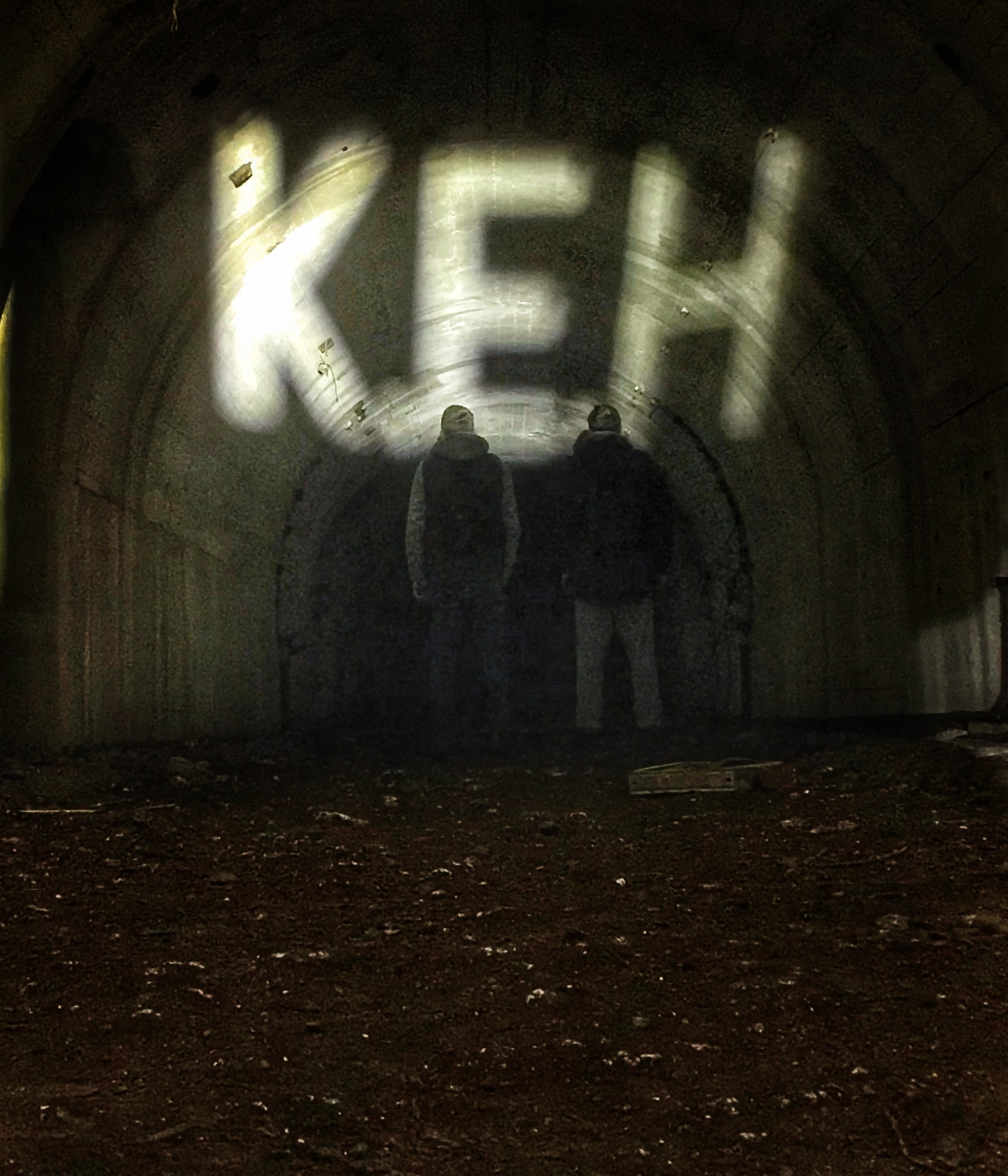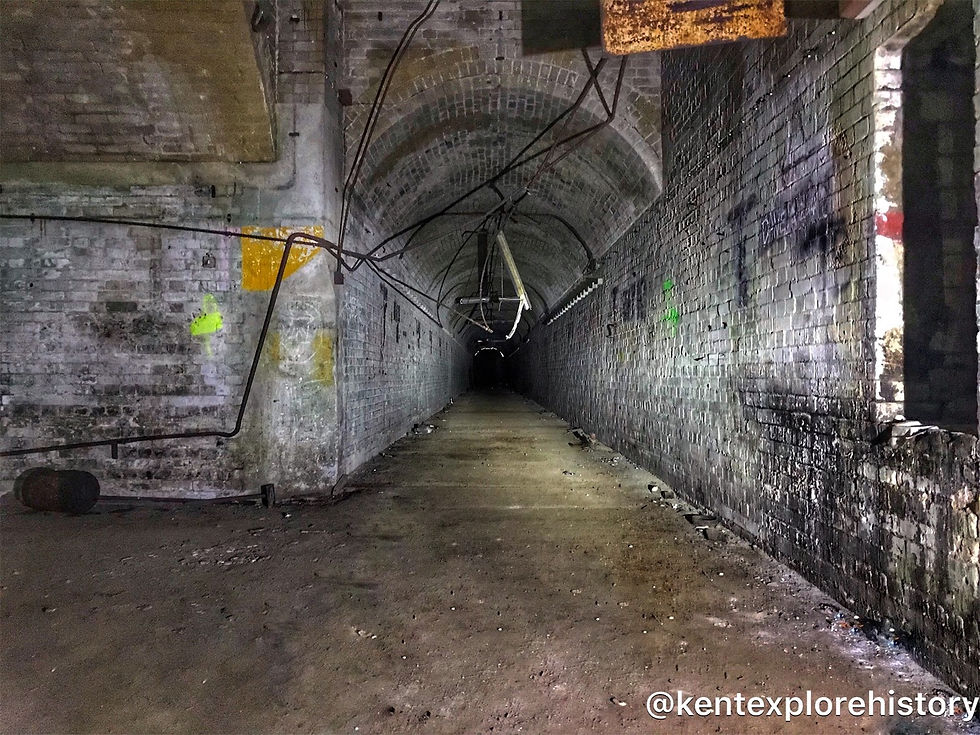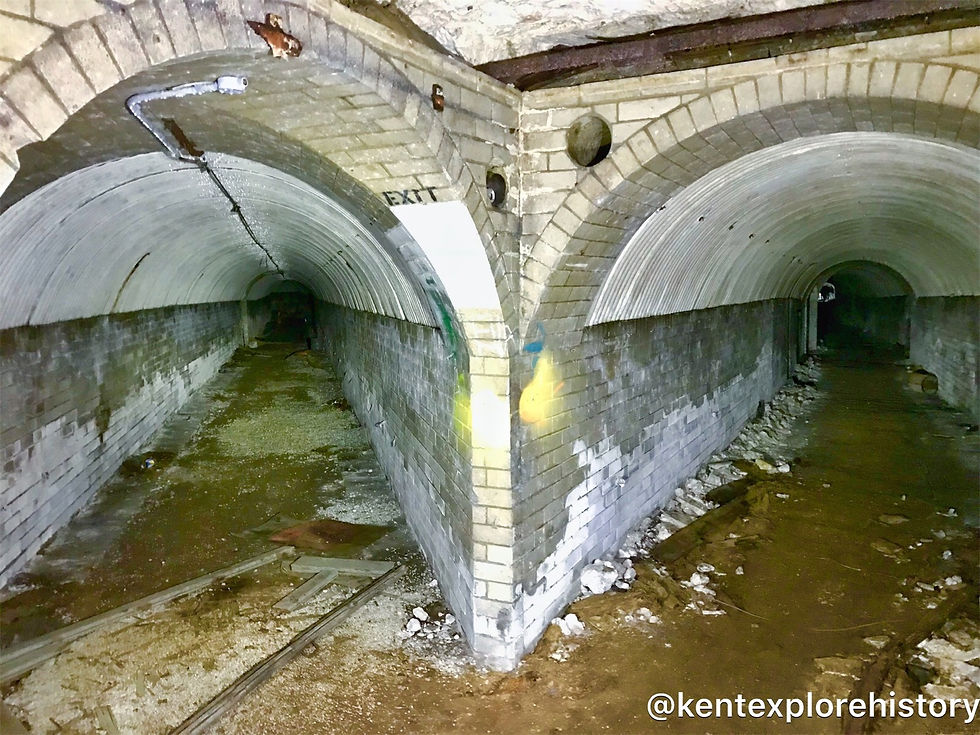Cabinet War Rooms
- kentexplorehistory

- Mar 18, 2019
- 2 min read
Updated: May 13, 2019
Originally storage for Government Archives work began on construction of the Cabinet War Rooms in 1938. They are located beneath the Treasury Building in Whitehall. On 27th August 1939, a week before Britain declared war on Germany the War Rooms became fully operational.
When the Blitz began on 7th September 1940 Churchill was informed that the War Rooms were not bomb proof. Churchill immediately authorised a thick concrete slab above the War Rooms ceiling as well as others valuable areas of space being filled with concrete.
Churchill very rarely stayed within the War Rooms preferring to remain above ground to watch any action unfold.
By December 1940 Churchill, his wife and staff had moved in creating what then became known as No.10 Annexe.
Following the end of Germany’s last heavy bombing raid the War Cabinet met at 10 Downing St more frequently.
When the US entered the war a small store room near to the Map Room was converted into a Transatlantic Telephone Room so that Churchill could speak in secret to the President of the United States. This new Transatlantic Telephone Room was disguised as a toilet.
The last meeting of the War Cabinet which took place within the War Rooms was on 28th March 1945, this being the 115th War Cabinet meeting to have been held in the War Rooms out of 1188 held between September 1939 and July 1945.
Thursday 16th August 1945 proved to be the last day the War Rooms would be used. Subsequently they were stripped although some rooms were left as they were. By 1948 the government announced the War Rooms would be preserved and occasional public tours commenced.
In 1984 Imperial War Museums officially opened the War Rooms to the public renaming them the Churchill War Rooms.
To find out about and view pictures of the Standby Cabinet War Rooms codenamed Paddock click on the link: https://kentexplorehistory.co.uk/blog/paddock








































































































Comments